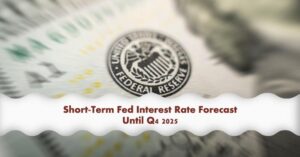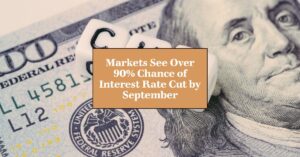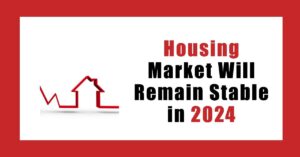The housing market just delivered a mind-boggling contradiction: home prices soared to a record high in June, while sales plummeted by a shocking 5.4%. It's a puzzling trend that has experts scratching their heads. Here are the latest trends.
Home Prices Hit New High, But Sales Crash 5.4% in June 2024
Overview of Existing-Home Sales
The housing market in 2024 has shown significant shifts, particularly evident in June. According to the National Association of REALTORS® (NAR), existing-home sales dropped by 5.4% from May to a seasonally adjusted annual rate of 3.89 million. This marks a similar 5.4% decline year-over-year, with sales falling from 4.11 million in June 2023.
Sales Trends by Region All four major U.S. regions experienced sales declines. The Northeast saw a 2.1% drop from May, with an annual rate of 470,000 homes, down 6% from June 2023. The Midwest experienced an 8% decrease from the previous month to an annual rate of 920,000, marking a 6.1% decline year-over-year. In the South, sales slid by 5.9% from May to an annual rate of 1.76 million, a 6.9% drop from last year. The West recorded a 2.6% decline in June to an annual rate of 740,000, unchanged from the previous year.
Price Dynamics and Inventory
Median Sales Price The median sales price of existing homes climbed to a record high of $426,900 in June, reflecting a 4.1% increase from $410,100 one year ago. Each of the four U.S. regions recorded price gains, with the Northeast leading at $521,500, up 9.7% from last year. The Midwest followed with a median price of $327,100, a 5.5% increase. The South’s median price rose by 1.7% to $373,000, while the West saw a 3.5% rise to $629,800.
Housing Inventory Total housing inventory at the end of June reached 1.32 million units, a 3.1% increase from May and a notable 23.4% rise from the previous year. Unsold inventory represented a 4.1-month supply at the current sales pace, up from 3.7 months in May and 3.1 months in June 2023. This is the highest level of inventory in over four years, indicating a gradual shift from a seller's market to a more balanced one.
Market Behavior and Buyer Trends
Days on Market Properties typically stayed on the market for 22 days in June, slightly down from 24 days in May but longer than the 18 days observed in June 2023. This suggests that while homes are selling, the pace has slowed compared to the previous year.
First-Time Buyers and All-Cash Sales First-time buyers accounted for 29% of sales in June, a decrease from 31% in May but an increase from 27% in June 2023. All-cash sales made up 28% of transactions, consistent with May and up from 26% a year ago. Investors or second-home buyers, who frequently pay cash, purchased 16% of homes in June, unchanged from May but down from 18% in June 2023.
Mortgage Rates and Financing
The 30-year fixed-rate mortgage averaged 6.77% as of mid-July, a slight decrease from 6.89% a week earlier and marginally lower than 6.78% a year ago. This stability in mortgage rates is a critical factor for both buyers and sellers navigating the current market.
Segment-Specific Insights
Single-Family Homes Sales of single-family homes fell to a seasonally adjusted annual rate of 3.52 million in June, a 5.1% drop from May and a 4.3% decrease from June 2023. The median price for these homes was $432,700, a 4.1% increase from the previous year.
Condos and Co-ops Existing condominium and co-op sales dropped 7.5% in June to a seasonally adjusted annual rate of 370,000 units, down 14% from one year ago. The median price for condos and co-ops was $371,700 in June, a 2.6% increase from the previous year.
Future Outlook
As we move through 2024, the housing market is showing signs of stabilization. While the median home price reached a new high, further significant increases are unlikely. The balance between supply and demand is improving, with inventory levels reaching their highest in over four years. This shift is fostering a more balanced market condition, making it a critical time for both buyers and sellers to assess their strategies and opportunities in the housing market.
ALSO READ:











